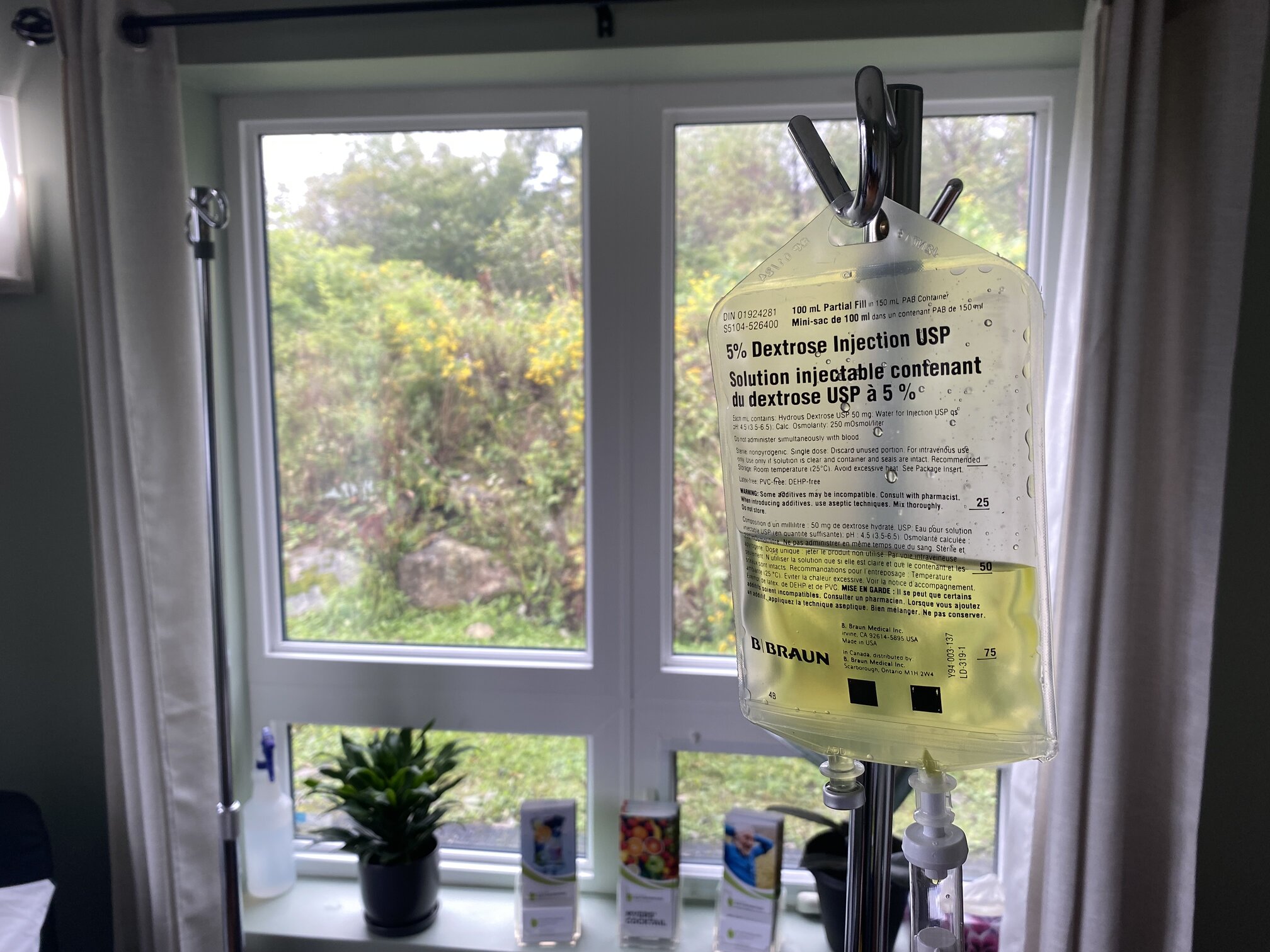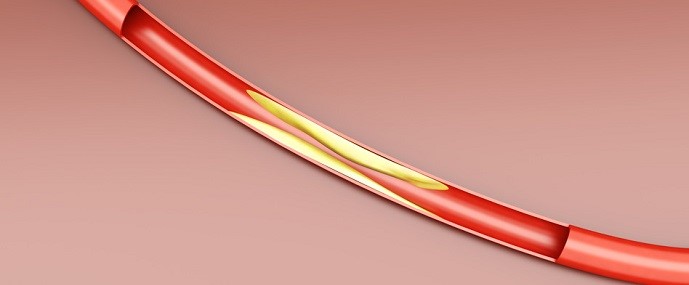
Chelation Therapy
Chelation treats cardiovascular disease by reducing arterial plaques and improving circulation.

Remove Toxic Metals
Chelation therapy is the only proven effective treatment for removing toxic metals safely from the body. Lead, cadmium, arsenic, mercury and more toxic metals can be removed with chelation
Reduce Plaque
Plaque formation is driven by free radical activity, oxidation and debris deposition within artery walls. Chelation acts to clean up this debris and reduce the volume of plaque in the arteries.
Improve Circulation
Blood circulation throughout the body is essential to deliver oxygen to all of our tissues. By cleaning up arterial plaques chelation improves blood flow and oxygen delivery to the tissues.
Chelation Therapy
Toxic Metal Chelation
Getting Started With Chelation Therapy
To ensure that chelation therapy will be a safe and effective treatment for you an initial naturopathic consultation is required prior to starting treatment. If you would like to get started with chelation therapy after your initial visit please book an “Initial consultation with IV treatment.” The initial chelation therapy treatment is offered at a lesser cost if it is on the same day as the initial consultation.
Initial consultation: $180
Subsequent chelation therapy treatment: $140
Initial consultation with chelation therapy treatment: $255 ($65 savings)
What Is Chelation?
The word chelation is derived from the Greek word for “claw”. Chelating agents function like a claw by surrounding, grabbing and mobilizing certain metals which otherwise would remain stuck within tissues of the body. Once mobilized these metals can be safely excreted. The chelation agent used in the treatment of cardiovascular disease is ethylene diamine tetra-acetic acid (EDTA). Intravenous EDTA has been used for over 50 years in North America to treat cardiovascular disease1. When administered by properly trained practitioners, the safety and effectiveness of EDTA in the treatment of cardiovascular disease has been excellent2.
Toxic Metals
The human body requires a range of vitamins, co-factors, minerals and metals for optimum health. Metals such as magnesium, calcium and iron are necessary for for the body to stay in good health. Some other metals, like lead, cadmium and arsenic, interfere with biological processes and can cause health problems such as high blood pressure, brain fog, fatigue and cardiovascular disease.
The only proven effective treatment for metal toxicity is chelation therapy. Chelation involves giving a medicine (chelator) which latches onto a specific metal and allows it to be mobilized and removed from the body.
Heart Disease Progression

The classic mechanism of heart disease involves fat, cholesterol, immune cells and calcium depositing within the walls of coronary arteries, forming plaque. These plaques cause narrowing of the coronary arteries, which can lead to angina (chest pain), shortness of breath and even a heart attack. While diet and lifestyle factors drive this process on the large scale, inflammation and free-radical formation are what cause these detrimental changes on the microscopic level3.
Research has shown that, like calcium, other non-toxic metals, such as zinc, cobalt, iron and chromium accumulate within “sick” (oxygen-poor) tissues4 in the cardiovascular system. When these metals build-up beyond their usual physiologic concentration they contribute to free radical formation, which is an integral component of arterial plaque formation and the progression of heart disease. Free-radicals are best thought of as the proverbial loose cannon. They don’t work well with others and tend to hurt those (cells and tissues) around them.
The American Heart Association (AHA) has released a position paper on the effect of toxic metal on cardiovascular disease. The finds that even low levels of toxic metals (lead, cadmium and arsenic) increase rates of cardiovascular disease and earlier death5.
How Does Chelation Help Heart Disease?
The classic mechanism of EDTA in treating cardiovascular disease is that it removes calcium ions from arterial plaques and as a result, slowly dissolves and shrinks these plaques. Research has elaborated on this mechanism to include removal of other non-toxic metals, which have accumulated excessively in blood vessels and heart cells6,7. When certain metals build to high concentrations, including iron8 and chromium9, they support the formation of free radicals. Minimizing free radical formation is an important goal in treating heart disease, as it is a driving force in the formation of arterial plaque. Further research has also found that even low levels of toxic metals are significantly implicated in the development of cardiovascular disease5.
What To Expect During Chelation
The average person undergoing chelation treatment for cardiovascular health will require 15-25 treatments to receive optimal benefit. Typical improvements during chelation treatment include chest pain reduction, increased circulation to limbs, reduction of arterial plaque and improved energy.
Although EDTA chelation is very safe when administered by a well-trained professional, there are a few precautions that patients need to take before, during and after chelation treatments.
- Hydration: It is essential to drink water before and during treatment to stay hydrated during chelation therapy. Most side effects of chelation are actually due to dehydration.
- Blood sugar changes: In some cases, chelation treatments can temporarily lower blood sugar and make people feel lethargic or sleepy as a result. Eating a meal before treatment and having a snack during treatment can prevent this lowering of blood sugar. Ideally these meals and snacks should contain protein.
- Nutrient depletion: Although chelation removes toxic metals and excess metal accumulation in arterial plaque deposits, it also depletes some healthy minerals, such as calcium, zinc, and cobalt. For this reason taking a good quality multi-mineral supplement is required when undergoing chelation therapy.
- Contraindications: Chelation treatment should not be done in pregnancy, acute liver disease, advanced kidney disease and advanced congestive heart failure.
References
- Clarke N. EDTA Chelation Therapy, Am J Cardiology. 1960; 6-233-236.
- Lamas GA, Goertz C, Boineau R, et al. TACT Investigators. Effect of disodium EDTA chelation regimen on cardiovascular events in patients with previous myocardial infarction: the TACT randomized trial. JAMA. 2013 Mar 27;309(12):1241-50.
- McGorisk GM, Treasure CB. Endothelial dysfunction in coronary heart disease. Curr Opin Cardiol. 1996 Jul;11(4):341-50.
- Frustaci A, Magnavita N, Chimenti C, et al. Marked elevation of myocardial trace elements in idiopathic dilated cardiomyopathy compared with secondary cardiac dysfunction. J Am Coll Cardiol. 1999 May;33(6):1578-83.
- Lamas GA, Bhatnagar A, Jones MR, et al. American Heart Association Council on Epidemiology and Prevention; Council on Cardiovascular and Stroke Nursing; Council on Lifestyle and Cardiometabolic Health; Council on Peripheral Vascular Disease; and Council on the Kidney in Cardiovascular Disease. Contaminant Metals as Cardiovascular Risk Factors: A Scientific Statement From the American Heart Association. J Am Heart Assoc. 2023 Jul 4;12(13):e029852.
- Cranton, E. (2013, June 28). Scientific Rationale for EDTA Chelation Therapy. Retrieved October 29, 2013, from http://drcranton.com/chelation/freeradical.htm.
- Cranton, E. (2012, September 12). EDTA Chelation Therapy: A NEW THEORETICAL MECHANISM OF ACTION. Retrieved October 29, 2013, from http://drcranton.com/chelation/theoreticalmech.htm.
- Schafer FQ, Qian SY, Buettner GR. Iron and free radical oxidations in cell membranes. Cell Mol Biol. 2000 May;46(3):657-62.
- Shainkin-Kestenbaum R, Caruso C, Berlyne GM. Effect of chromium on oxygen free radical metabolism, inhibition of superoxide dismutase and enhancement of 6-hydroxydopamine oxidation. J Trace Elem Electrolytes Health Dis. 1991 Sep;5(3):197-201.